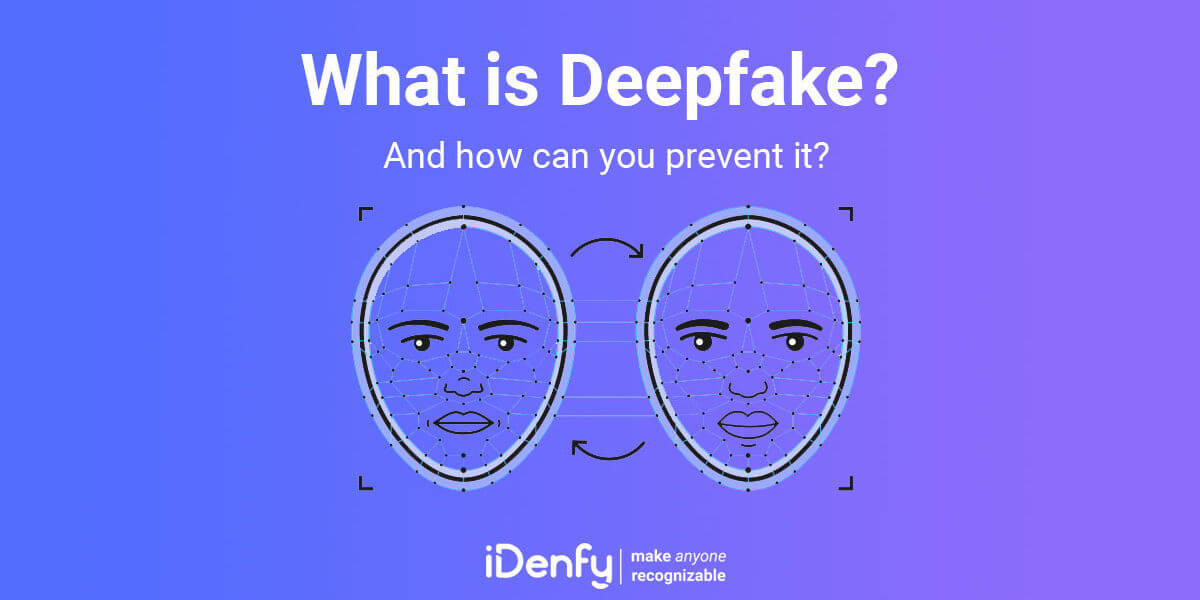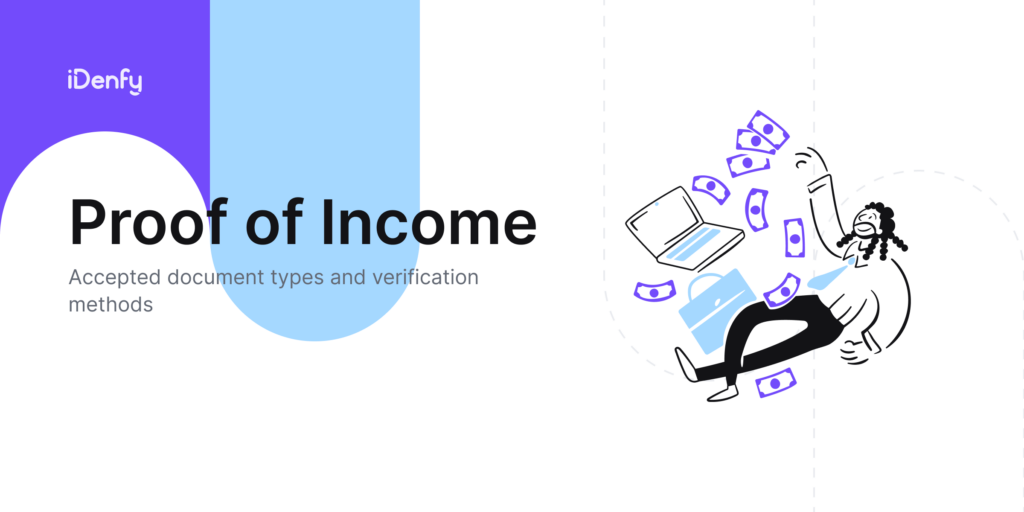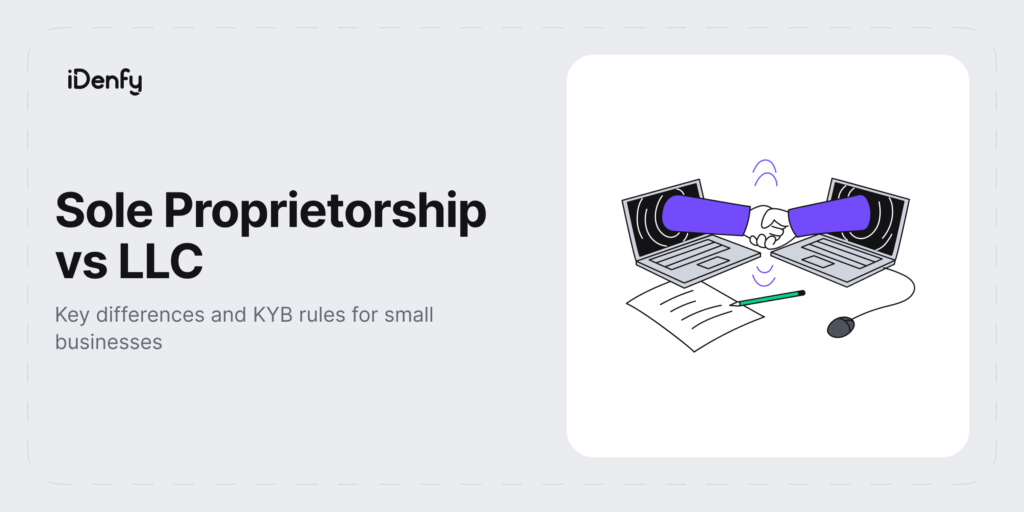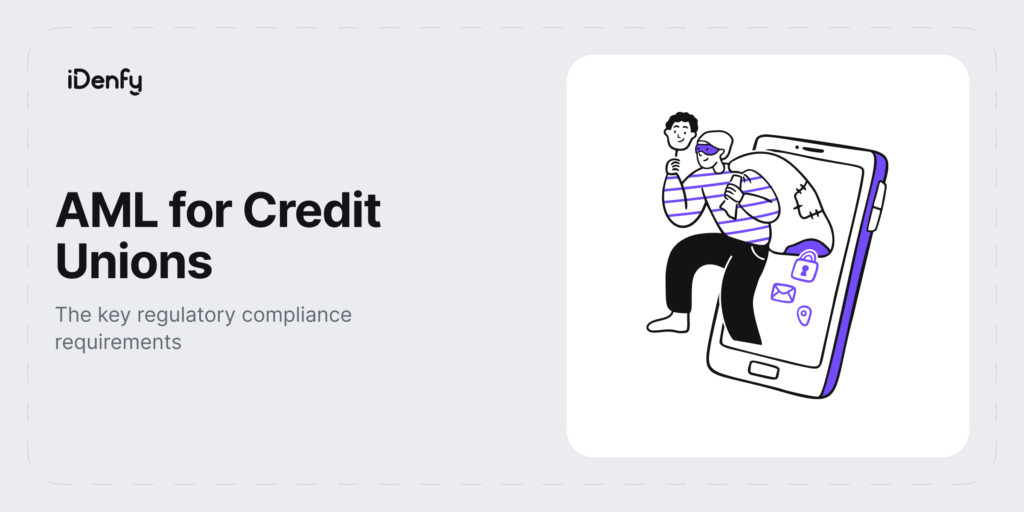The emergence of deepfake technology has become a significant concern for individuals and businesses. In recent years, it has become the favorite tool of fraudsters for obtaining personal information for identity-related frauds.
Fraudsters are becoming innovative with the techniques they use to commit crimes. Nowadays, they are using advanced technologies like artificial intelligence (AI) and machine learning to obtain personal and financial information.
Deepfakes are the new technique cybercriminals are using to trick security systems. If we don’t take the necessary steps, deepfake technology may pose a significant threat to the future of identity verification.
In this post, you will learn what deepfake is, how fraudsters are using it, why it is a big concern for identity verification services, and what can be done to spot and prevent it.
What is a Deepfake?
The term deepfake refers to digital representations, both video and images, which are produced by artificial intelligence to replace the person in the original video with someone else. The algorithms of deepfake are intelligent enough to make decisions on their own.
While deepfake technology has many positive uses, it has gained widespread attention for its applications in fake news, hoaxes, celebrity pornography, and identity theft.
Since politicians, celebrities, and other high-profile personalities have a lot of pictures or videos online for the public eye to see, they’re an easy target for deepfake technology. Unfortunately, in recent times, fraudsters have also started using this technique for identity-related fraud.
Examples of Deepfake Technology
As mentioned above, deepfake technology has a lot of positive applications. For example, it can help filmmakers and 3D artists alter video transcripts and create amazing pieces of art. Moreover, the technology can also be used for educational purposes. Sadly, we see it in creating fake content, which is broadly used for fraudulent purposes.
Here are some fun facts about the uses of deepfake technology:
- Deepfake applications allow users to insert their faces into famous movie scenes.
- Deepfakes have raised concerns about the potential for spreading misinformation and fake news on a large scale.
- Some experts worry that deepfakes could be used to create convincing fake evidence in legal cases.
- Deepfakes can be used to dub movies into different languages without reshooting scenes.
- The potential misuse of deepfakes has raised ethical concerns and prompted discussions about the need for regulation.
For example, in 2019, an unusual cybercrime made headlines all across the globe. Fraudsters fooled a company into a massive wire transfer using AI-powered deepfake. Cybercriminals mimicked the CEO’s voice to fool his company into transmitting $243,000 to their bank account. It indicates that deepfake technology can be used for different types of fraud.
So don’t forget that we often share our videos and pictures on social media platforms like Instagram and Facebook. Fraudsters can use them for deepfakes and then access personal information. Deepfake technology is improving with time, so crooks can easily use it to identify theft, open fake accounts, and take over accounts.
Related: What are Deepfakes? Good and Bad Use Case Examples
Deepfakes and their Relation to Identity Fraud
Deepfake-based frauds have become new challenges for cybersecurity authorities. They are advising businesses to upgrade outdated authentication methods, such as knowledge-based authentication and SMS-based two-factor authentication, which are vulnerable to fraud.
Nowadays, fraudsters can access data for deepfakes and identity theft quickly through various methods. They can gain personal details from your social media accounts and hack your biometrics. They can even tap your phone for audio, videos, and photo samples. Fraudsters can then deepfake this data with the help of AI for identity fraud.
Some examples of deepfake technology and identity fraud include:
- Using the victim’s voice and face to change account numbers and passwords.
- Using the victim’s voice over a call to friends and family asking for money transfers.
- Making false identity documents to gain access to a bank account.
As mentioned above, the deepfake technique is upgrading with time; businesses need to make changes to their identity verification service as well. They need to understand that techniques like deepfake can cause risk to their Know Your Customer (KYC) processes. Fraudsters can create videos to falsify the identities of customer onboarding processes. Moreover, they might fake a victim’s voiceover call to bypass verification measures.
How to Detect Deepfakes?
Deepfake technology is advancing every day; therefore, detecting it is not that simple.
However, there are some ways you can spot deepfakes:
- According to US researchers, deepfake faces don’t blink because when several pictures run through the AI, it shows people with their eyes open. After all, algorithms don’t learn about blinking.
- If you notice a weird mixture of two false faces, it can be deepfake.
- If you notice uneven skin tone or improper lip-synching, there is a good chance that it is deepfake.
- Since fine details such as teeth and hair are hard for deepfake to render well, they might look slightly different, so keep your eyes on them.
Many tech firms, universities, and governments worldwide are researching to detect deepfakes. Even there is a deepfake detection challenge backed by Amazon, Facebook, and Microsoft.
Well, detecting deepfake is one thing, but preventing it is another.
Let’s get to know what can be done to avoid it.
How Can We Prevent Deepfakes?
Liveness detection is an excellent feature for biometric-based recognition solutions. It can detect any spoof attempt by identifying whether or not the source of a biometric sample is an actual human being or a false representation. This technology combines identity verification, lip-sync authentication and biometric facial recognition. Therefore, it minimizes the chance of deepfakes and spoofing attempts to a great extent.
Liveness checks often ask users to look in different directions or change their facial expressions. For example, you might be asked to blink, smile, or frown. In addition to this feature, authentication is essential to liveness detection. Therefore, deepfakes can’t penetrate liveness checks easily.
iDenfy has advanced liveness detection and spoofing technology, which can prevent your organization from possible deepfake threats.
Besides liveness detection, we also offer ID verification, AML compliance, facial recognition, and various other fraud prevention services. To learn about our tools, you can book a meeting with us.




